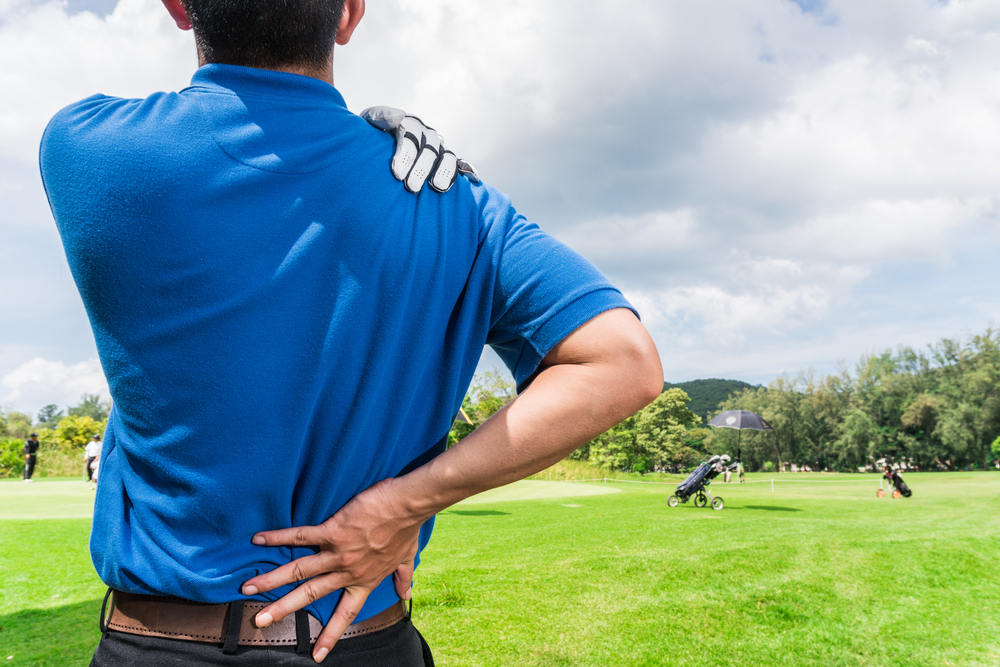In this post we look at why you might still be in pain despite doing your rehab exercises and feeling stronger. We also look at what you can do next.

First let’s define what we mean by strong.
It’s a word we hear often in sport and exercise, but it can be difficult to define its meaning.
I heard the newly crowned cycling world road race champion, Julien Alaphilippe described as strong at the weekend. He’d just cycled 166 miles in under 6 hours, but I suspect he’d struggle on a bench press.
In contrast at the recent Olympics in Tokyo there were power athletes moving weights that were 3 x their own body weight in some cases. Some looked like they couldn’t run for a bus however.
Both can be accurately described as being strong but in very different ways.
Even a quick look at dictionary definitions doesn’t provide a great deal of clarity. A curry can be strong, as can a colour, a smell, or a person’s mind.
In resistance training we tend to think of strength as the ability to either produce or resist force.
By slowly increasing the amount of resistance in a given exercise, we provoke an adaptation in the muscles which, over time, enables them to produce more force. We describe this process as getting stronger.
The link between pain and strength
Pain is a complicated topic which is multifactorial in nature. Whilst there’s evidence to suggest getting stronger can help reduce pain, there’s certainly no equation which says if you can lift a particular amount of weight, you won’t experience it.
The only attempts at this which have any validity are for specific injuries and specific muscle groups.
For example, if you’ve experienced an ACL tear, there’s evidence to suggest returning to sport with a difference in quadricep strength of more than 10% might leave you susceptible to further injury.
Likewise tendon expert Peter Malliaras has suggested that to successfully recover from Achilles’ tendon issues, his patients aim to lift their body weight in a seated single leg calf raise exercise.
You’ll notice these tests of strength are isolated and very specific. There’s a clue here.
If strength tests are too general it’s possible to score well even with significant injury. Athletes are particularly good at this.
What if you don’t have a specific injury?
Perhaps you aren’t trying to recover from a specific injury however. You just get pain and discomfort when you ride your bike or play golf for example.
And you’re still getting it despite doing a bunch of rehab exercises.
What then?
Now we have to do some detective work.
Providing there’s no underlying medical cause, deficits in your muscular system are still likely playing a significant role. They just haven’t been found yet.
These deficits will be illustrated by:
- Restrictions in range of motion.
- Weakness in specific motions.
Whilst there are no valid standards to compare yourself to, fortunately you have two of most things. Two arms, two legs, two shoulders etc. This enables us to compare each side of your body in the search for marked asymmetries.
It’s not that you need to be symmetrical to be free of pain and niggles, it’s more these deficits will lead us to muscles which are in need of attention.
This approach is different because it’s objective. We aren’t chasing pain around your body, or trying this technique one week and a different one the next.
We’re looking at where your muscular system is currently at and seeking to improve it.
What you can do next
Often people will improve to a certain extent with rehab exercises but find when they return to their activities their issues resurface.
In this instance it can be useful to first identify the joint motions which are required for the activity and assess if these are available to you. You should be able to access these positions without discomfort or stretching.
Next test the strength of the muscles most involved in the activity. As I mentioned earlier this will need to be done in the most isolated way possible and will usually require equipment.
If done well these two assessments alone will usually produce obvious deficits.
This will provide you with an action plan to progress you away from your current circumstances and back to your activities without pain and discomfort.